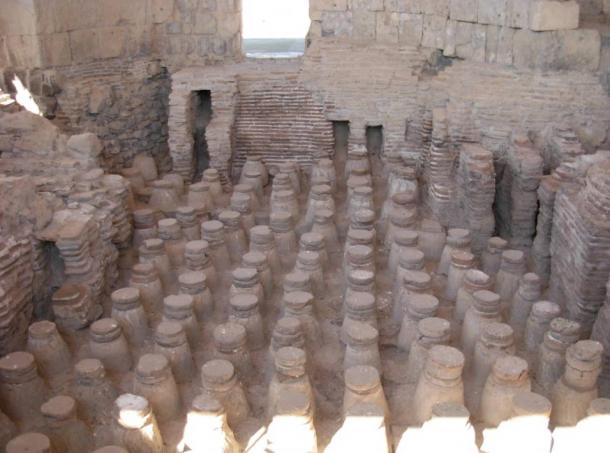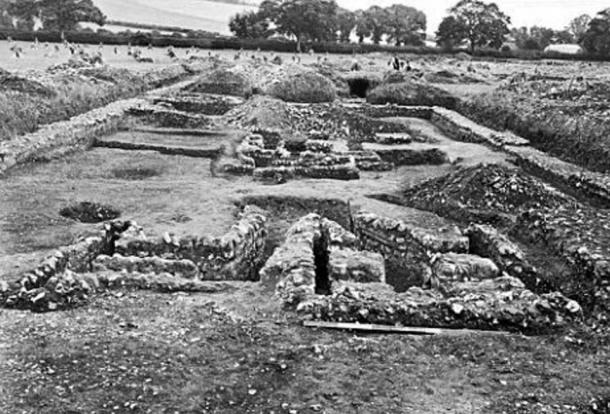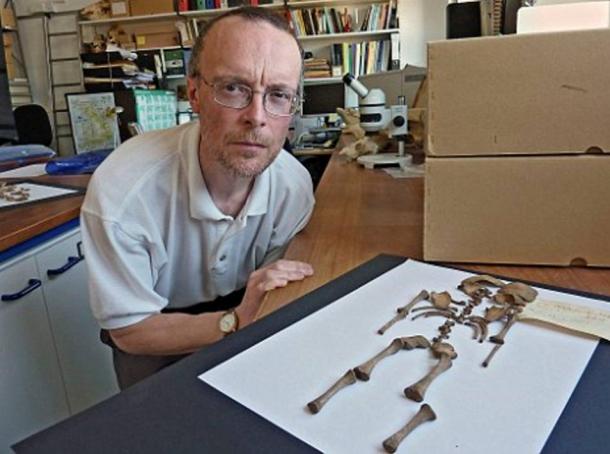The discovery of a mass baby grave under a Roman bathhouse in Ashkelon, Israel
In the seaport of Ashkelon, along the coast of the Israeli Mediterranean coast, archaeologist Ross Voss made a bizarre discovery, while exploring one of the sewers of the area, he found a significant amount of bones. At first, the bones were accepted to be chicken bones. Later, it was found that the bones were that of human.

Newborn child bones from the Roman period. With the remaining parts adding up to in excess of 100 children, it was the biggest disclosure of babies remains to date.
Why were these roman babies killed?
As curious as you are, so was the Archaeologist while he found out the bones of the newborns. Voss took the remaining parts to forensic anthropologist Professor Patrician Smith. Smith analyzed the baby remains and established that there was no indication of the chances of survival of the babies longer than a week before being killed.
She used a technique of forensic testing that enabled her to confirm that none of the newborn children was healthy when they died.
During the era of Romans, it was normal for babies to be murdered as a type of birth control. It wasn’t a crime, as babies were seen as being ‘not completely human.
As a rule, a Roman lady who did not need an infant would take part in the act of “exposure” as she would desert the newborn child, either to be found and taken care of by another person or to die.
As per the convictions at the time, it was up to the gods to decide if the newborn child would be saved or not.
According to Roman mythology, the most popular record of close child murder, in which Romulus and Remus, two newborn children of the war god, Mars, were surrendered in the forested areas yet were raised by wolves and later established the city of Rome.

Research showed that the newborn children at Ashkelon did not seem to have been “exposed”. Rather, it shows up they were deliberately murdered. One piece of information into the purpose behind their murder lies in the area of the bodies.
Investigations uncovered that the sewer where the remaining parts were found was straight underneath a previous bathhouse. It is conceivable that the babies were born to prostitutes or workers who worked at the bathhouse. However, this remains a mystery as there is no additional information on this theory.
While Ashkelon bathhouse was not the only place the bodies of the Roman infants were found.
Hambleden(the site of a former Roman villa) mass killing
In 1912, Alfred Heneage Cocks, the guardian of the Buckinghamshire County Museum in England, made a stunning disclosure. While driving an unearthing in Hambleden, Cocks revealed the remains of 103 people.
Of those 103 people, 97 were newborn children, 3 were children, and 3 were adults. While this frightful find delivers inquiries of how and why these babies had been slaughtered, Cocks neglected to conduct any further examination with regards to the roots of the bodies.

Jill Eyers, archaeologist and director of Chiltern Archeology in England, found the remaining in a historical centre file, the bones spent near a century in 35 little boxes intended to hold free cigarettes and shotgun cartridges, each container sufficiently enormous to hold the total skeleton of one baby.
“It was quite heart-rending, really, to open all these little cigarette boxes and find babies inside,” said Eyers.
Then he chose to look into the reason for the mass killing. People believed that the Hambleden site is another area where prostitutes would give birth to an unwanted child that was consequently murdered. The site was not a region of poverty, so an absence of resource couldn’t clarify the mass executing.
There were additionally no recorded diseases in the region at the time that could represent the huge volume of death. People believe that the main sensible clarification is that the site once housed a brothel.
Because of the absence of birth control at that time, there were restricted choices for the who needed to abstain from having a baby or bringing up the child. So, child murder may have been the main decision they trusted they had.

However, the reasons for the death may be any, but the mass graves of newborn child remains are genuinely heartbreaking. The history behind the roman era living is a big mystery. In time, it is trusted that we may discover more responses to precisely how and why these newborns were killed.





